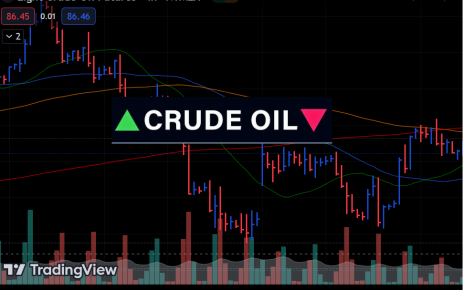- The US dollar increased by 0.1%, restraining gold prices.
- Gold prices have increased by about $300 since November on expectations of more gradual rate hikes.
- Investors look forward to the monthly US non-farm payroll data due later today.
After a significant sell-off in the previous session, gold prices stabilized on Friday as traders processed central bank rate-hike comments. However, the yellow metal was expected to have its first decline in seven weeks due to a strong dollar.
After falling 2% on Thursday due to a sell-off driven by a stronger dollar and profit-taking, spot gold edged 0.2% higher. Meanwhile, the US dollar increased by 0.1%, restraining gold prices.
According to Yeap Jun Rong, a market analyst at IG, gold prices delivered a stellar performance rising more than 20% over the past three months. This suggests that some positioning for softer rate-hike bets may already have been in play and have found the much-needed validation from the recent FOMC meeting. As a result, it may lead to some short-term profit-taking.
Because a lower interest rate environment lowers the opportunity cost of holding the non-yielding bullion, gold prices have increased by about $300 since November on expectations of more gradual rate hikes from the US central bank.
As anticipated, the ECB and the BoE increased their interest rates by 50 basis points on Thursday, following the Fed’s 25 basis-point rate hike after a year of larger hikes.
According to futures markets, the Fed is expected to raise rates by another 25-bps at its policy meeting in March, which suggests that this may be the final tightening cycle. They have also factored in one rate cut by the end of the year, which Powell dismissed as a possibility.
The world’s central banks, who rushed to raise interest rates in response to skyrocketing inflation last year, are now working to lay the groundwork for a pause that, while not yet promised, is looking more and more likely for later this year.
Investors look forward to the monthly US non-farm payroll data due later today for additional guidance.
Analysts anticipate that 185,000 jobs were added last month, the fewest since January 2021, the unemployment rate increased to 3.6%, and the monthly inflation rate for hourly wages stayed flat at 0.3%. This would indicate that the robust labor market may have begun to cool off.





